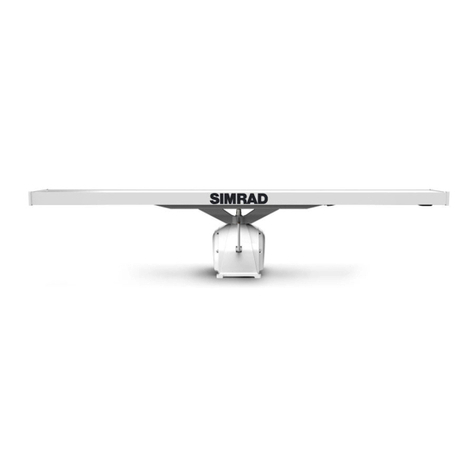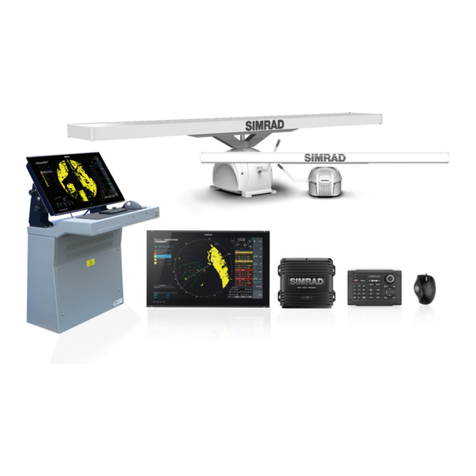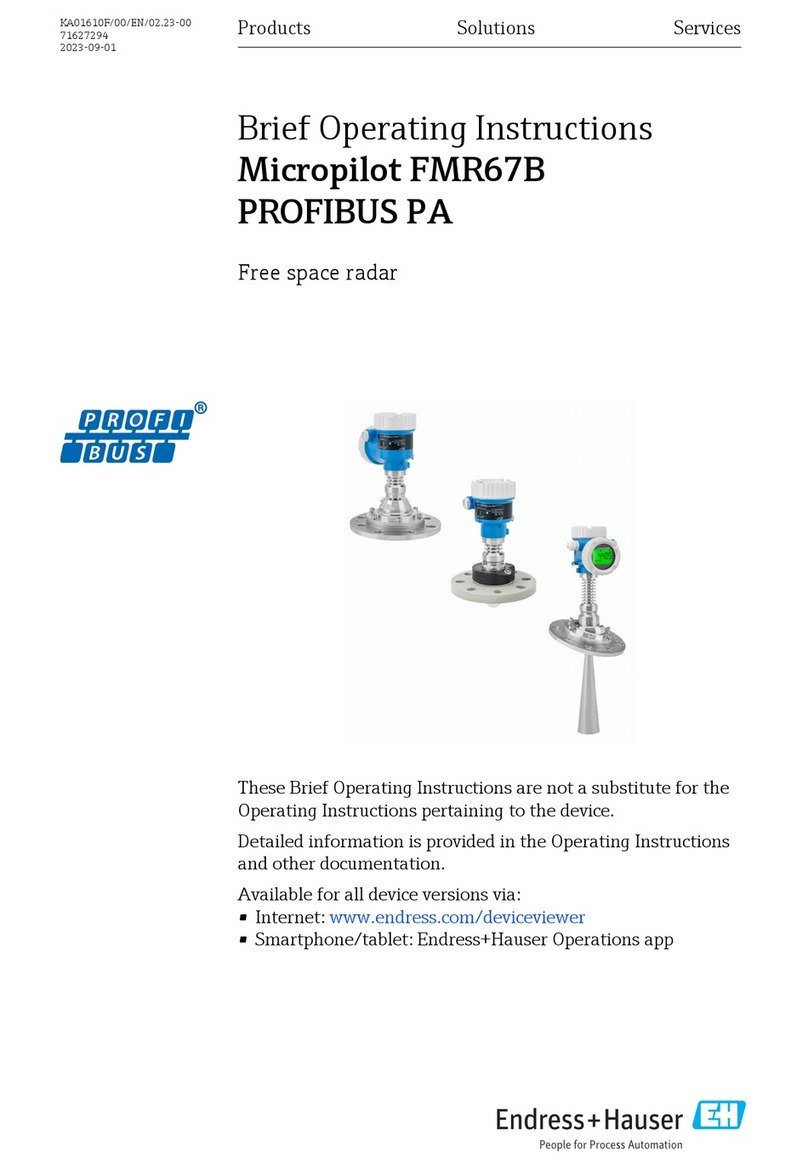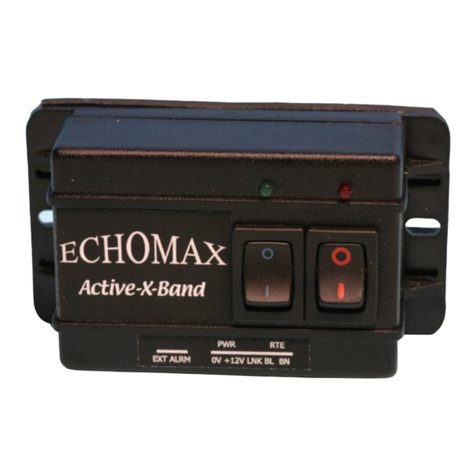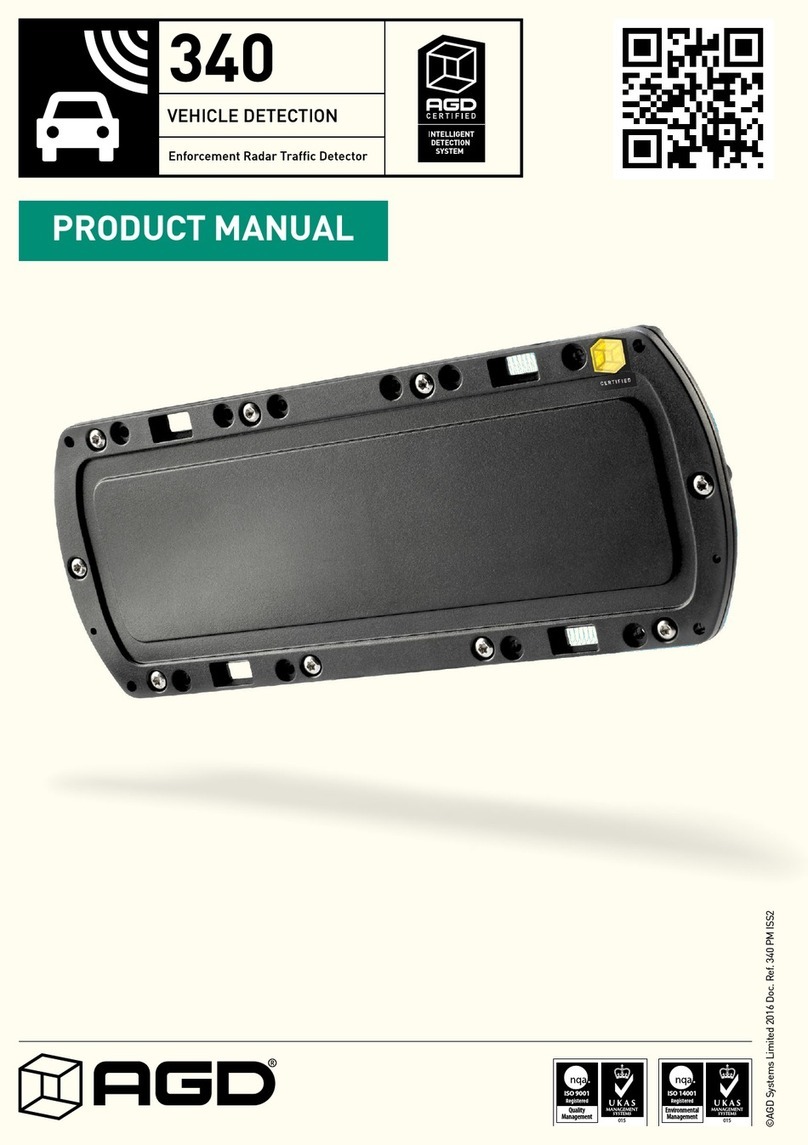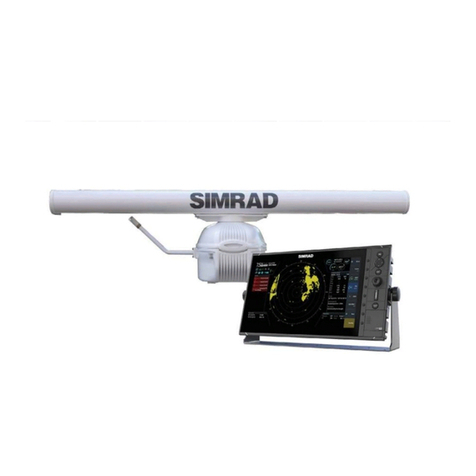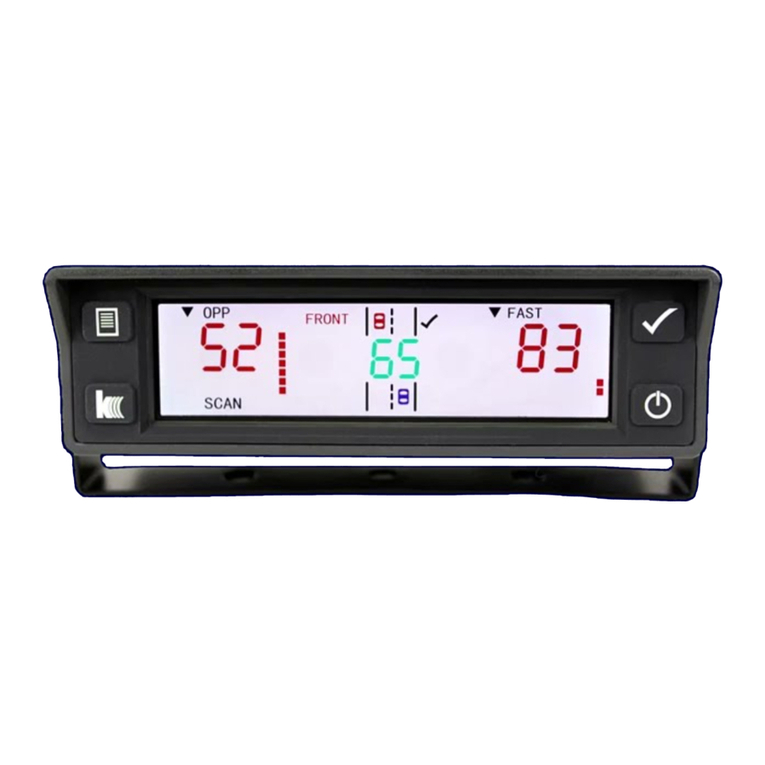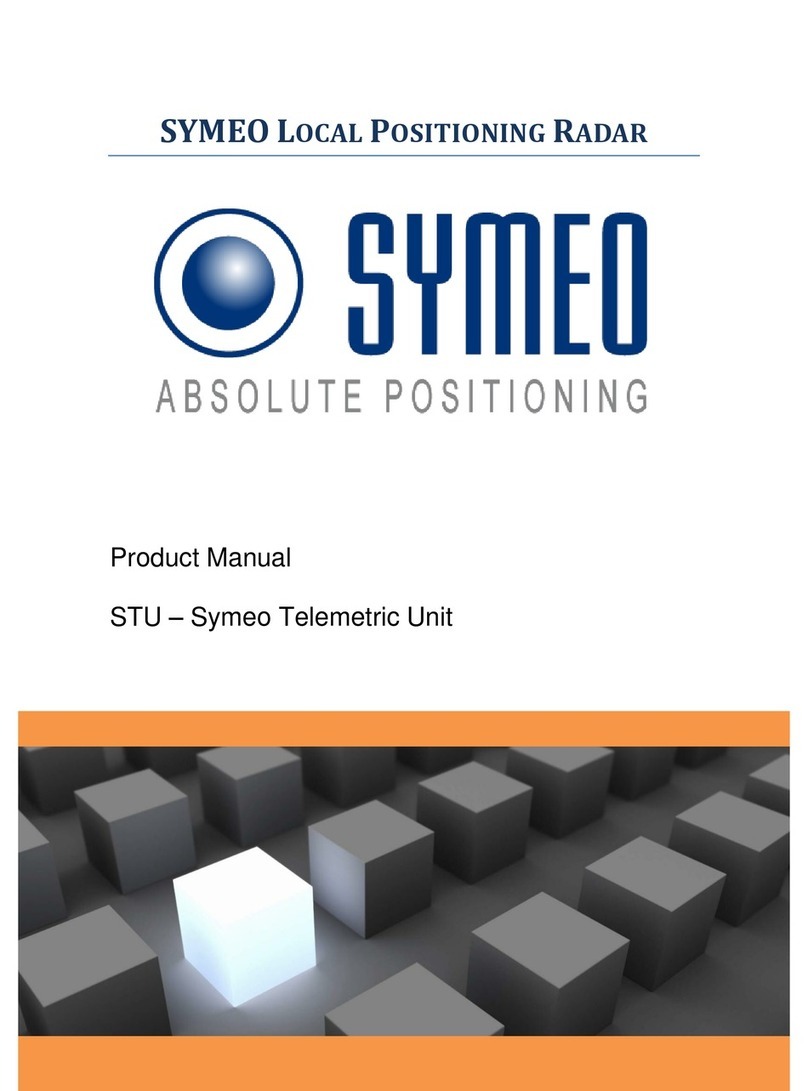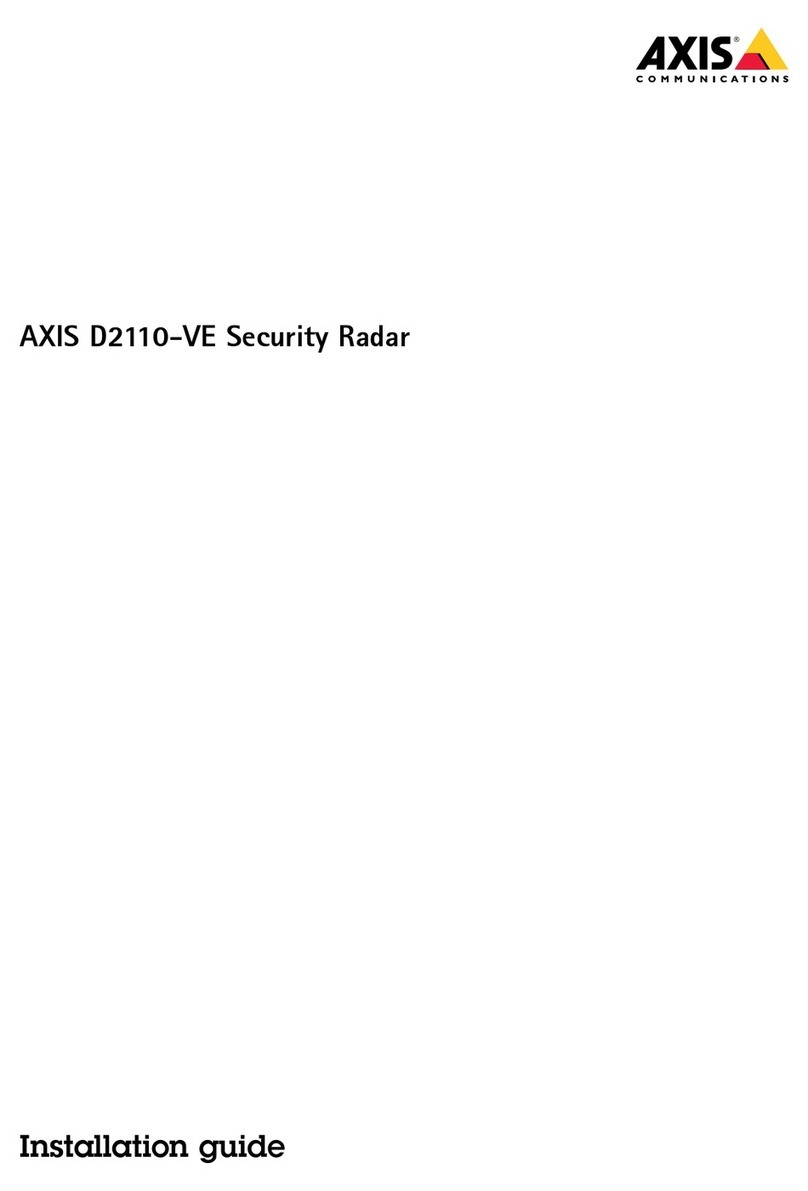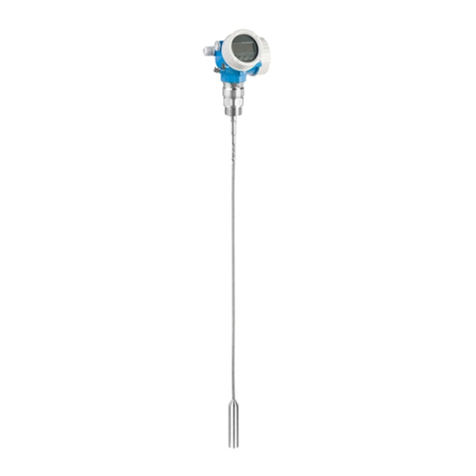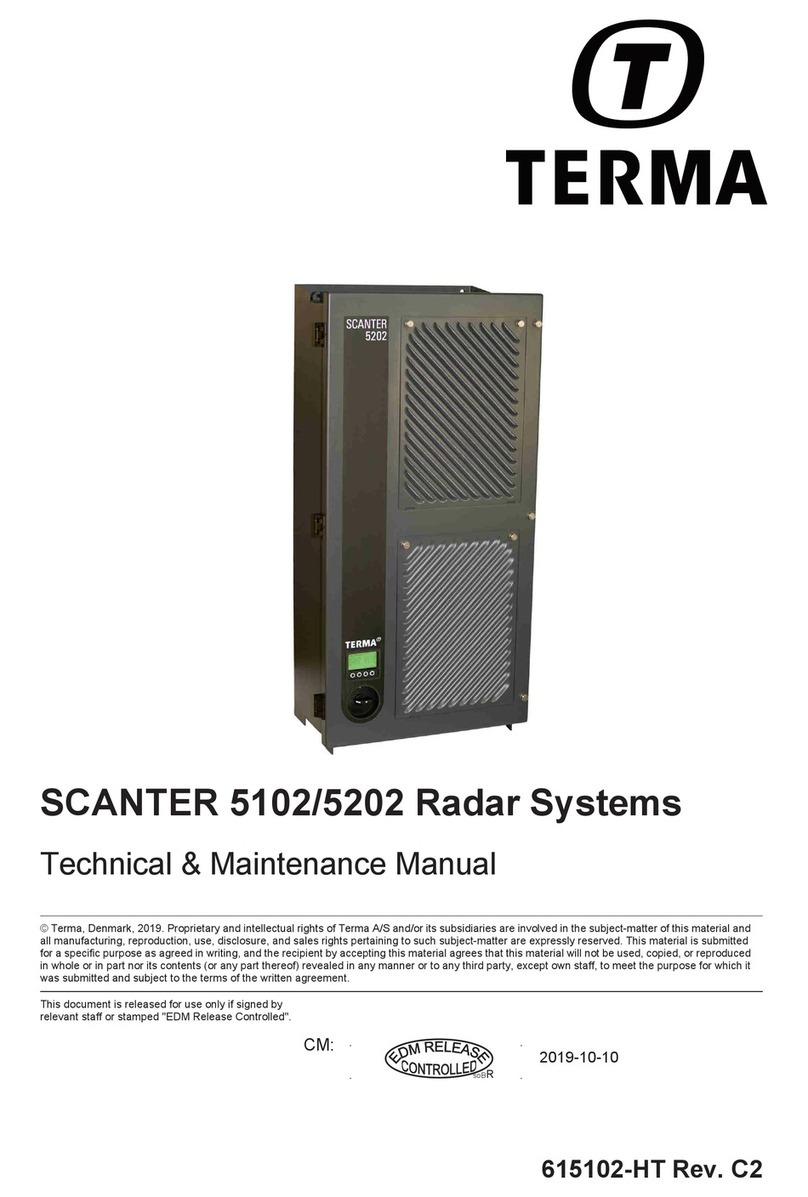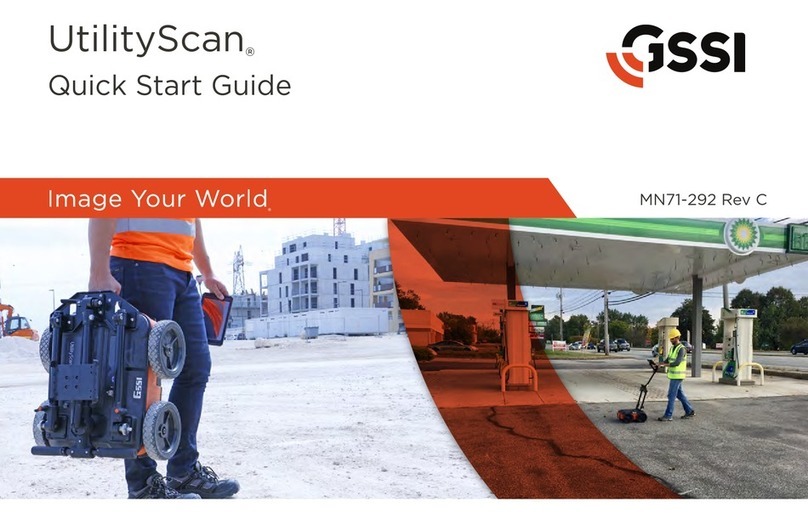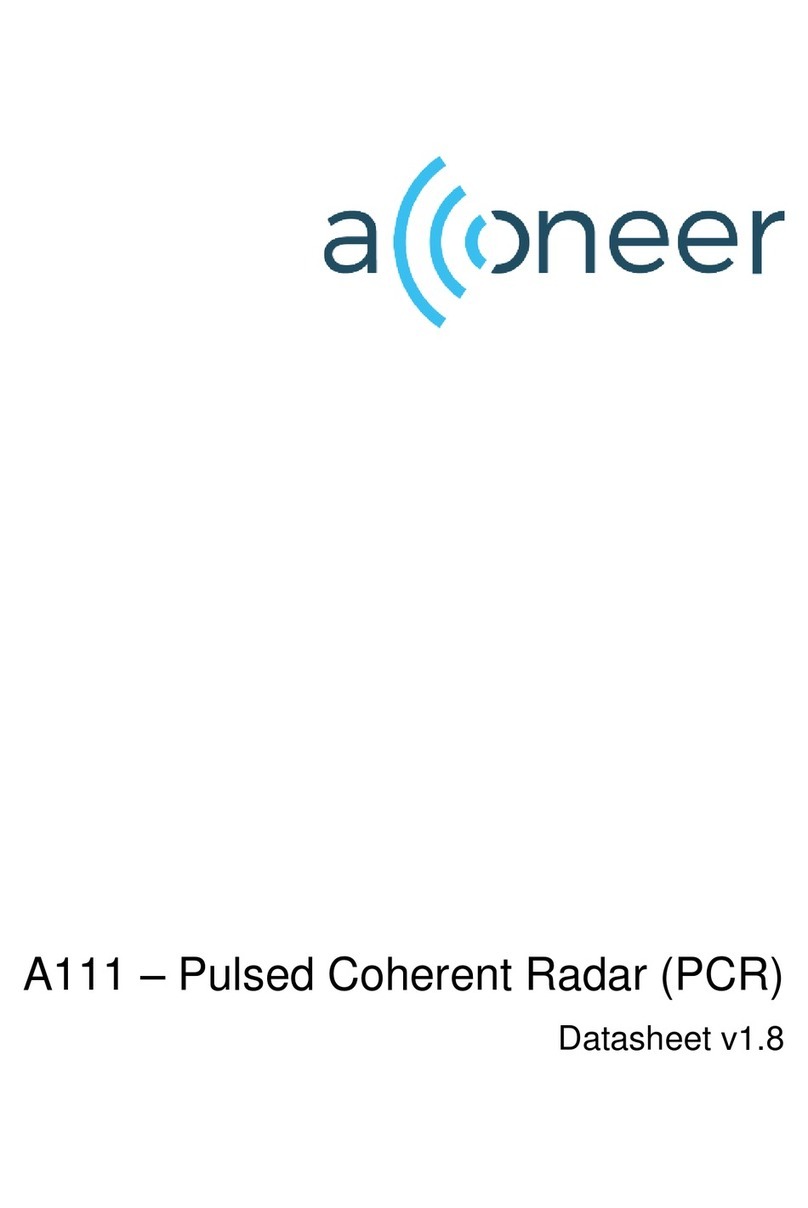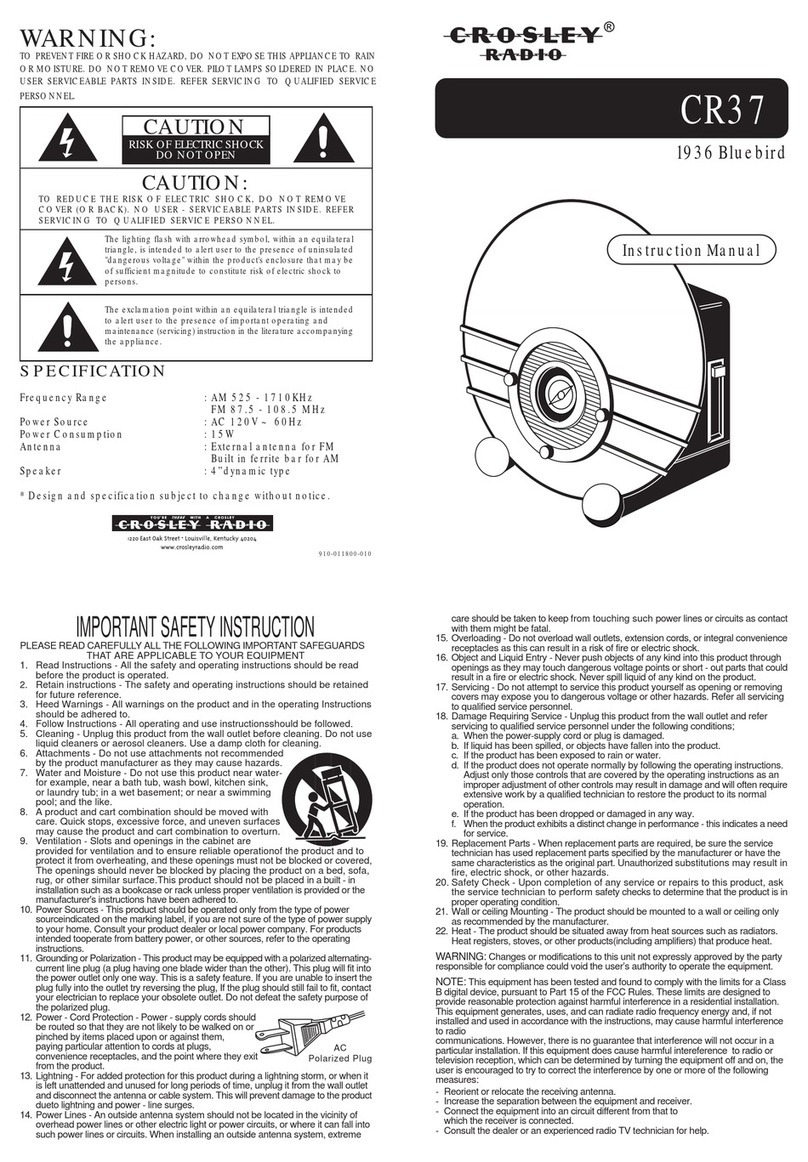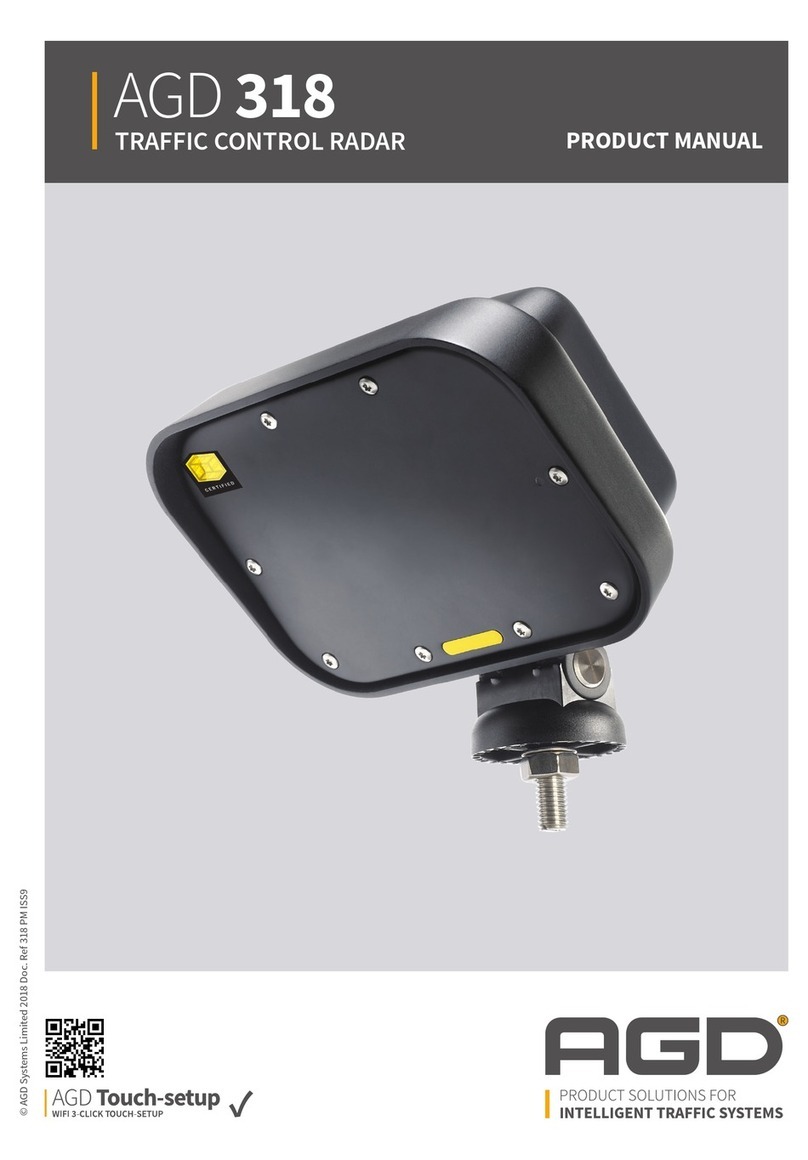4 |Contents | Broadband 3G™ Radar Installation Guide
Industry Canada
Operation is subject to the following two conditions:
(1) this device may not cause interference, and
(2) this device must accept any interference, including interference that may cause undesired
operation of the device.
FCC Statement
Note: This equipment has been tested and complies with the limits for a Class B digital
device, pursuant to Part 15 of the FCC Rules. These limits are designed to provide reasonable
protection against harmful interference in a normal installation. This equipment generates,
uses and can radiate radio frequency energy and, if not installed and used in accordance with
the instructions, may cause harmful interference to radio communications. However, there is
no guarantee that interference will not occur in a particular installation. This device must ac-
cept any interference received, including interference that may cause undesired operation.
If this equipment does cause harmful interference to radio or television reception, which can
be determined by turning the equipment off and on, the user is encouraged to try to correct
the interference by one or more of the following measures:
Reorient or relocate the receiving antenna.
Increase the separation between the equipment and receiver.
Connect the equipment into an output on a circuit different from that to which the receiver is
connected.
Consult the dealer or an experienced technician for help.
Note: A shielded cable must be used when connecting a peripheral to the serial ports.
Changes or modifications not expressly approved by the manufacturer could void the user’s
authority to operate the equipment.
CE Compliance
The equipment named in this declaration, is intended for use in international waters as well as
coastal sea areas administered by countries of the E.U. and E.E.A.
Radar Transmit Emissions
Note: Broadband 3G™ Radar is the second generation marine recreational radar from Navico
that has Human Exposure Level RF Radiation of the Radar Transmitter outside the Radome
well below the general public safety emission level of 1 mW/cm2. This means the radar can
be mounted safely in locations impossible with other pulse radars.
Note: If a pulse radar and Broadband radar are mounted on the same vessel, do not transmit
simultaneously as excessive interference is possible.
The broadband radar will not trigger X Band radar transponders, beacons, and
SARTs due to the low output power and signal properties.
!
